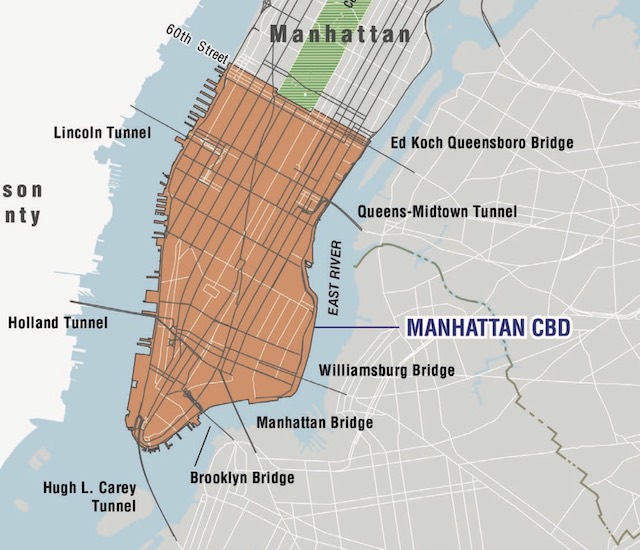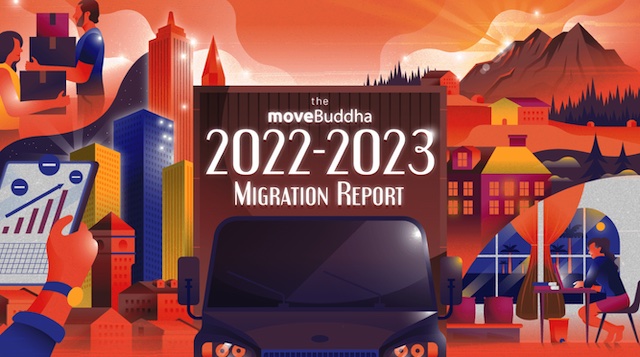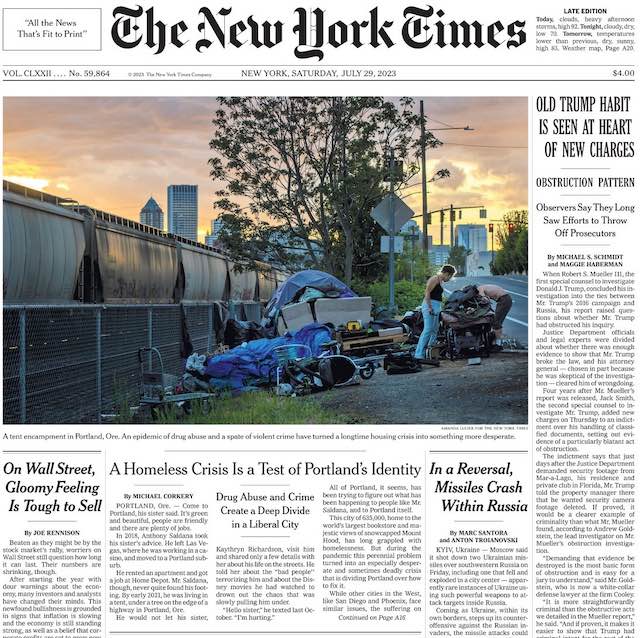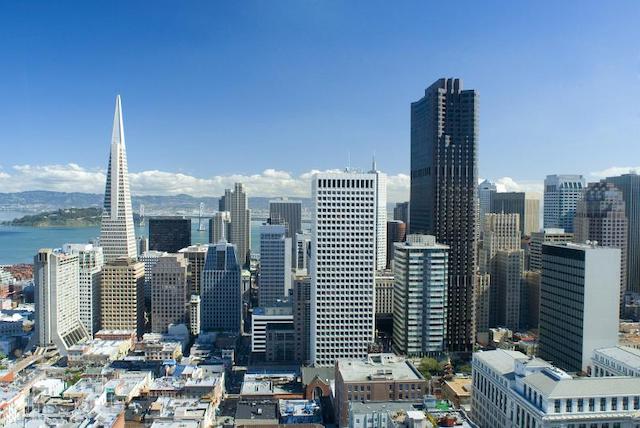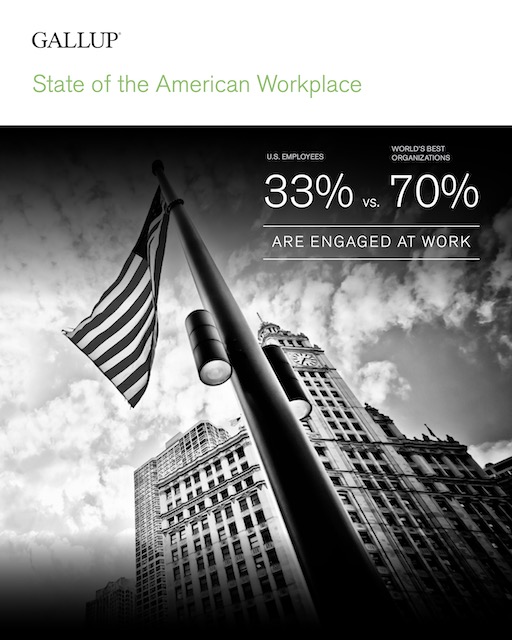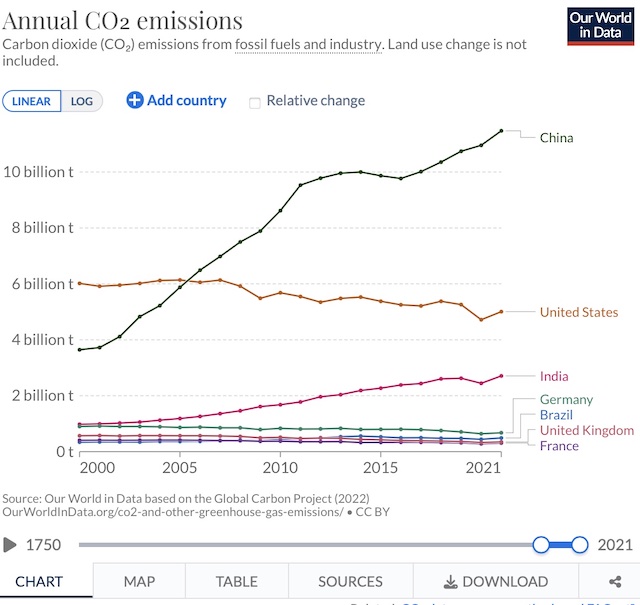Mike Myers, the director of Portland’s community safety program, is in charge of reducing gun violence and increasing street safety. This job paid him $208,263 last year, and he manages to do it while working at home. Home, for Myers, happens to be a gated community in Las Vegas, 750 miles from Portland.
Click image to review a copy of this report.
Perhaps it is only a coincidence that Portland has seen the fastest-growing homicide rates in the highest in the nation and the city suffered a record number of homicides in 2022. Or perhaps there are some jobs that just can’t be performed as well at home, at least if that home is hundreds of miles away. Continue reading


